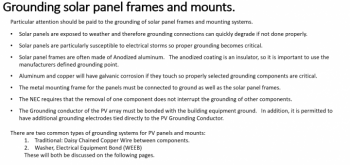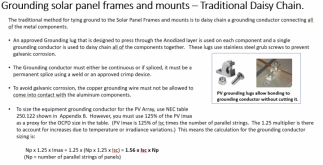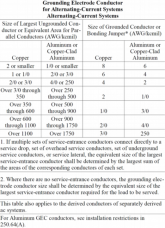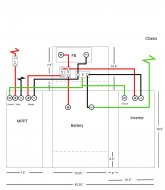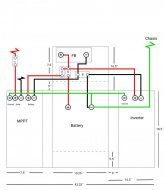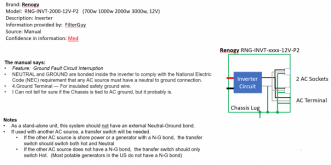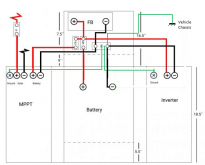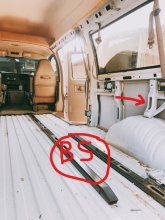Hedges
I See Electromagnetic Fields!
- Joined
- Mar 28, 2020
- Messages
- 21,803
90 degree wire, 6 awg and 4 awg, can carry 105 and 140 amps respectively so long as air can get out of the box.
With several heatsink surfaces and fan cooled devices, try to mount in recommended orientation and let air circulate. Maybe holes drilled in the end and screen over them for more ventilation.
With several heatsink surfaces and fan cooled devices, try to mount in recommended orientation and let air circulate. Maybe holes drilled in the end and screen over them for more ventilation.





